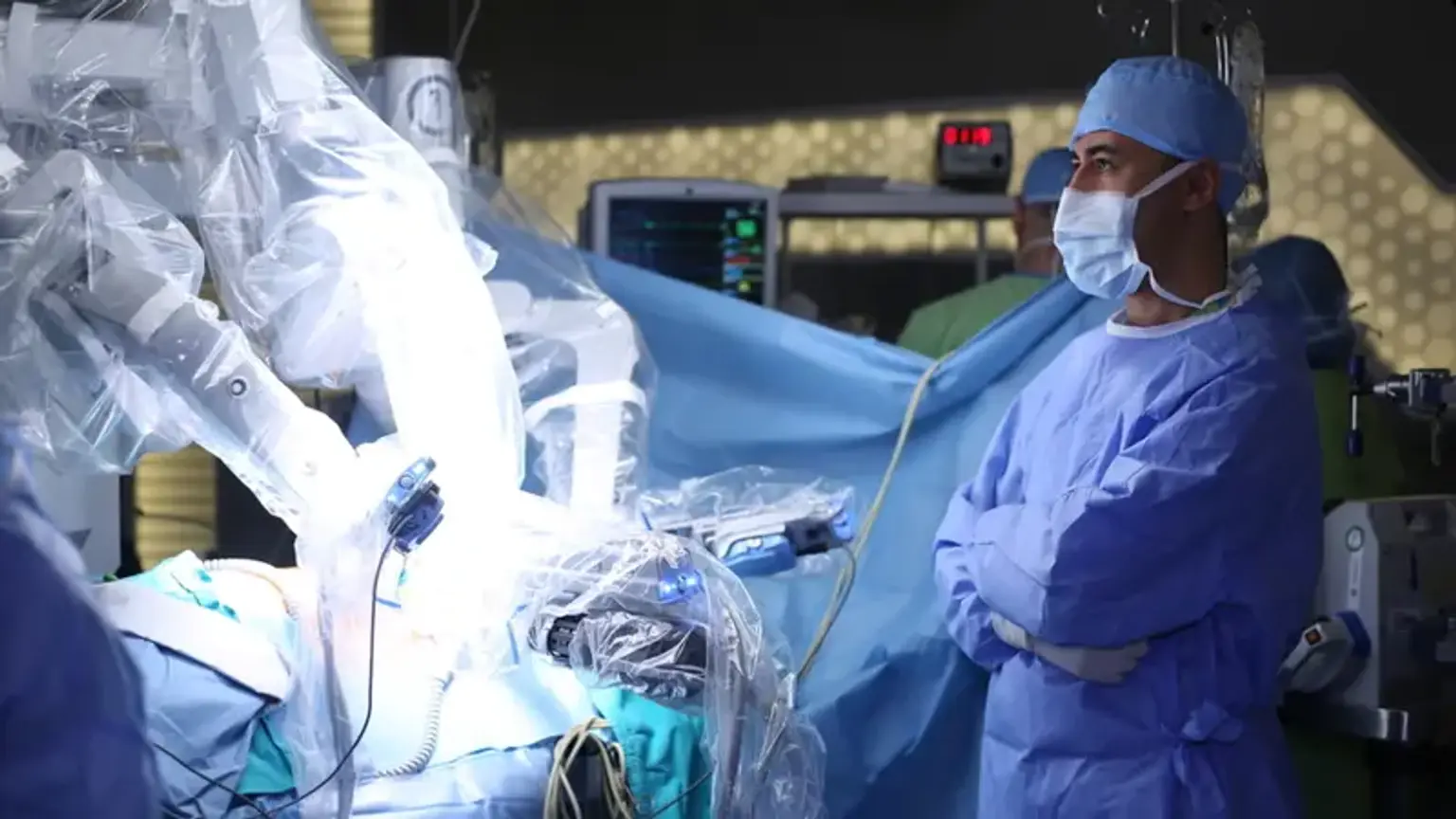Transaxillary Robotic-assisted Thyroid Surgery
Overview
The surgical removal of all or part of your thyroid gland is known as a thyroidectomy. The thyroid gland is a butterfly-shaped gland near the front of your neck. It produces hormones that regulate every aspect of your metabolism, from your heart rate to the pace at which you burn calories.
Thyroidectomy is a surgical procedure used to treat thyroid problems. These include malignancy, noncancerous thyroid enlargement (goiter), and hyperactive thyroid (hyperthyroidism).
The extent to which your thyroid gland is removed during thyroidectomy is determined on the purpose for the surgery. If only a portion of your thyroid is removed (partial thyroidectomy), your thyroid may function normally following surgery. If your entire thyroid is removed (total thyroidectomy), you will require daily thyroid hormone medication to replace your thyroid's natural function.
